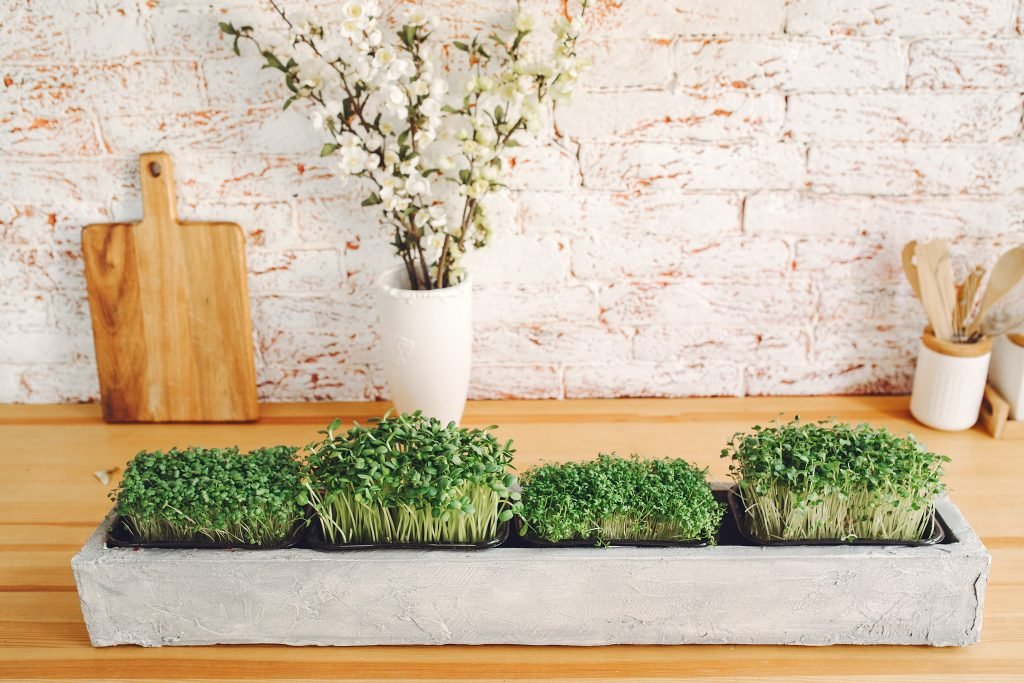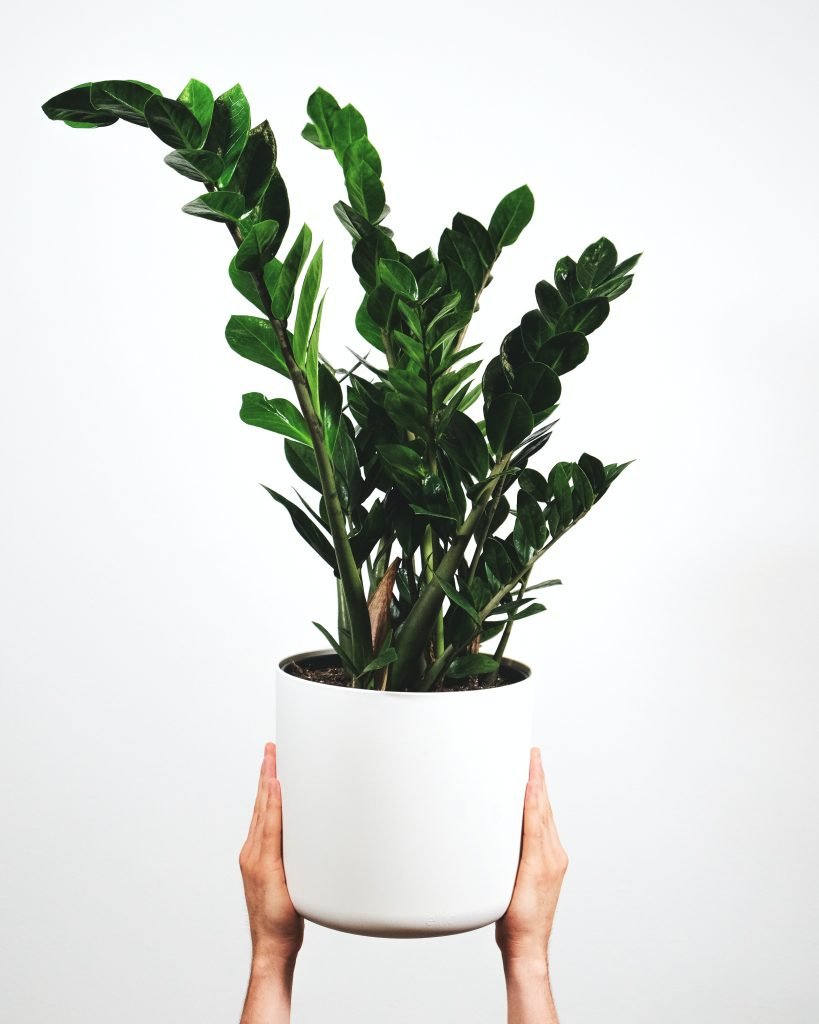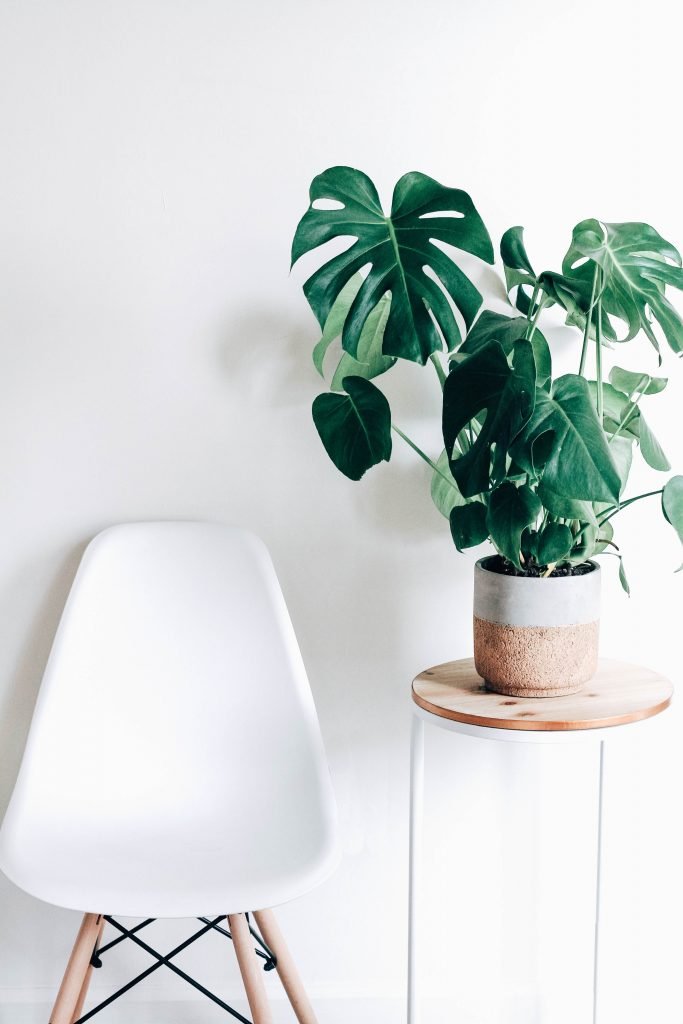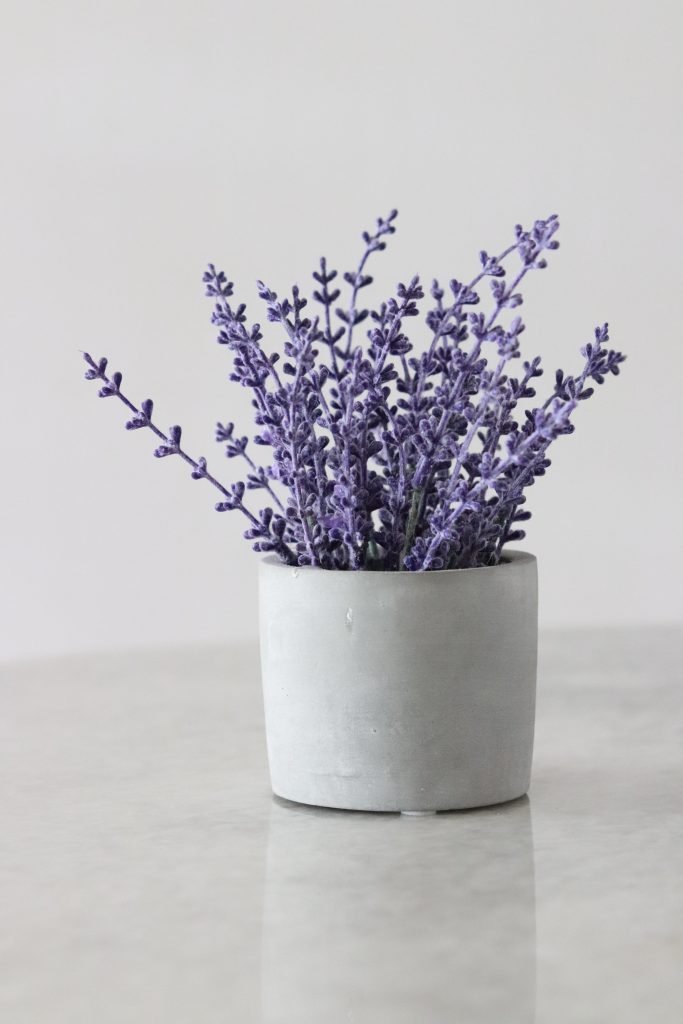Is less more when it comes to office decor? A recent study conducted at the University of Exeter debunked the myth that a minimalist, “lean” office space is optimal for productivity. Incorporating plants into the workspace can have a profound effect on both productivity and employee well-being.
This article explores the scientific correlation between plants and productivity, the benefits of incorporating greenery into the workplace, low-maintenance plant recommendations, and ways to seamlessly integrate them into the office.

Pressed for time? Here’s a quick summary…
- Recent research has shown that adding plants to an office can increase productivity by 15%.
- Greenery in the office can improve employees’ performance and quality of life.
- Many low-maintenance plants provide a host of benefits for employers with busy schedules, including lavender, snake plants, African violets, and more.
- There are several ways to incorporate plants in the workplace, from potted plants and floating baskets to living walls and kitchen herb planters.
The Science Behind Plants And Productivity
Although previous research has already demonstrated the stress-reducing and well-being-boosting properties of houseplants, the power of greenery doesn’t end there. Plants can also have a profound impact on workplace productivity.

A recent study revealed that adding plants to an office can increase productivity by 15%. The study examined the impact of “lean” offices (offices stripped of decorations for flexibility and functionality) and “green” offices (offices decorated with plants) on employees’ productivity levels. The findings showed that the presence of plants in the office resulted in higher workplace satisfaction, increased concentration, and improved perceived air quality among employees.
Benefits Of Indoor Plants In The Workplace
Plants offer ongoing benefits beyond aesthetics. Landscaping an office with foliage can improve employees’ performance and quality of life.
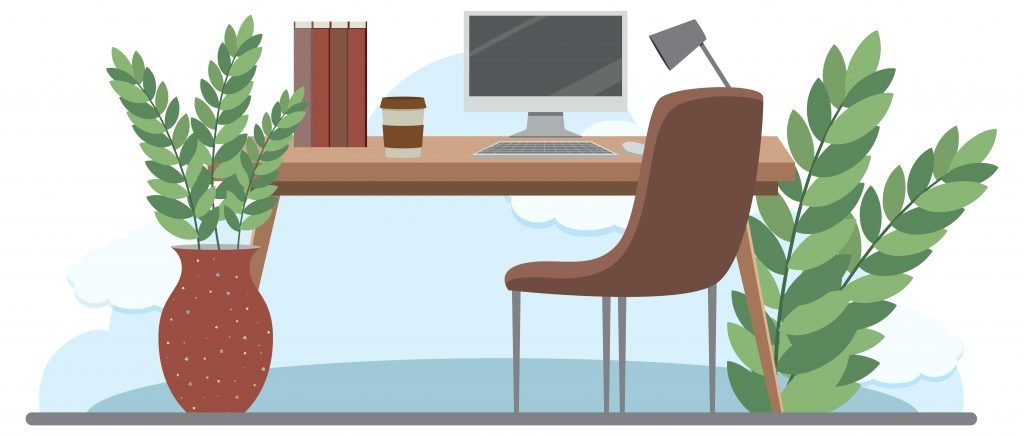
- Sharpen Focus & Boost Productivity: The study’s findings suggest that a green office enhances employee engagement and productivity by increasing workers’ physical, cognitive, and emotional involvement in their work. Another study found that students who were in the presence of a real plant (as opposed to a fake plant, a photo of a plant, or no plant) experienced improvements in focus and concentration.
- Improve Well-Being: Research has shown that indoor plants elevate mood, self-esteem, and life satisfaction. While plants generally reduce negative feelings like stress, anxiety, and depression, purple and green foliage are particularly effective.
- Cultivate Creativity: Plants serve as a catalyst for creativity by stimulating the senses. The lively colors and fragrances of plants can awaken employees’ senses and free them from mental ruts, leading to imagination and innovation.
- Absorb Noise Pollution: Indoor plants can mitigate the issue of distracting chatter in open-concept workspaces. Placing dense or large plants around the edges and corners of the office absorbs noise pollution, especially in spaces with hard walls and concrete that don’t absorb sound well.
- Improve Air Quality: Plants are nature’s air purifiers, absorbing harmful gases such as carbon dioxide, ozone, and formaldehyde and releasing fresh oxygen into the environment. They also trap airborne particles like dust, pollen, and bacteria, which can cause respiratory problems and allergies.
- Reduce Energy Consumption: When plants breathe, they increase the humidity levels in the building and can lower the temperature by as much as 10°C (50°F). One study found that a single healthy tree can cool a building as effectively as 10 air conditioning units running for 20 hours a day. Incorporating larger species of indoor trees in the office can reduce energy consumption and reliance on air conditioning. It may not be a complete solution, but it’s a step towards a more sustainable workplace.
Low-Maintenance Plants For Busy Offices
A busy schedule shouldn’t deter employers from introducing greenery to the office. Many low-maintenance indoor plants provide a host of health benefits without requiring a green thumb.
Snake Plant
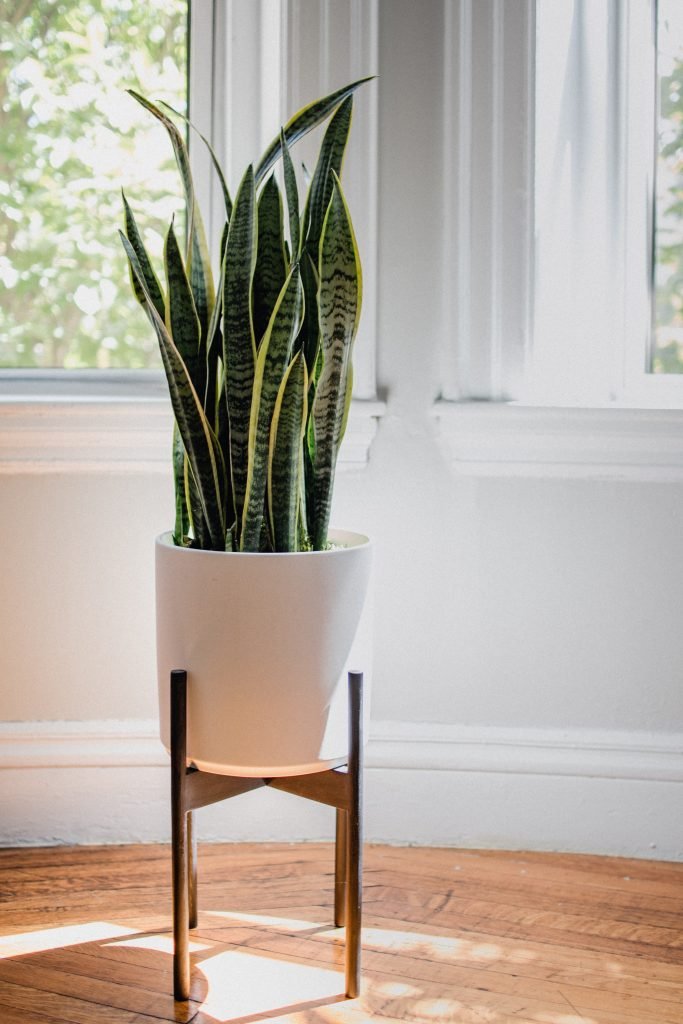
The Dracaena trifasciata, or the snake plant, has a resilient nature that makes it an ideal low-maintenance option. It requires minimal attention and only needs to be watered every two-to-six weeks, usually when the soil has dried out.
- Improves air quality
Peace Lily
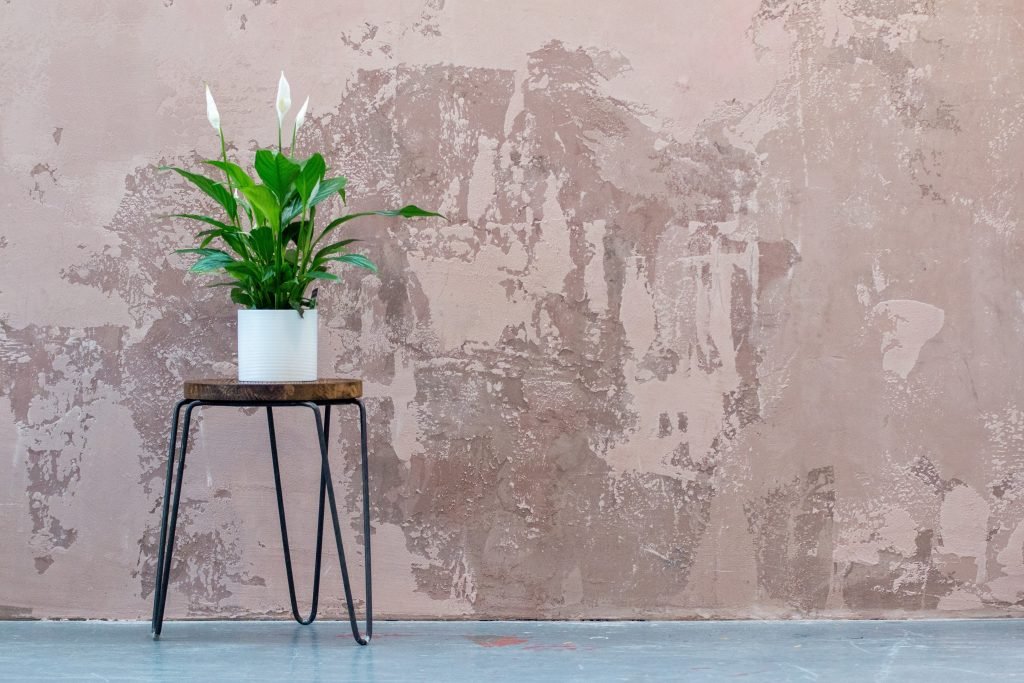
The Spathiphyllum, or the peace lily, can remain happy in a dark corner with watering only needed once a week or before it begins drooping. They are known for positively impacting air quality, ultimately creating a clean and healthy environment.
- Improves air quality
ZZ Plant
The Zamioculus zamifolia, or the ZZ plant, has evolved to be drought-resistant and thrive in low-light conditions. An artificial light source like fluorescent bulbs is a sufficient light source for the longevity of this plant.
- Improves air quality
Parlor Palm
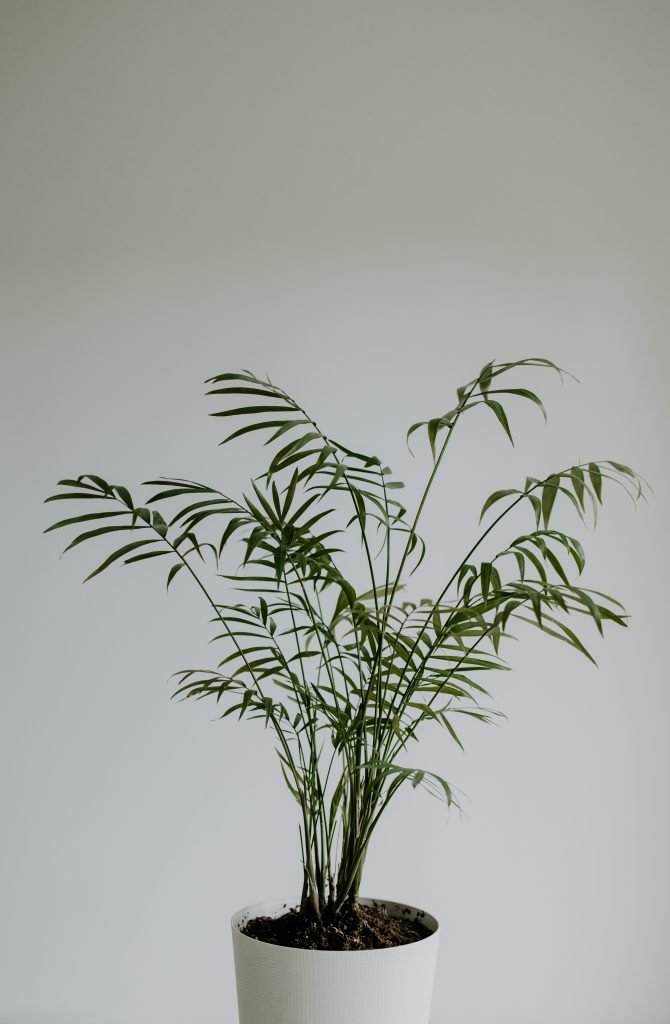
The Chamaedorea elegans, or the parlor palm, adapts to low light and doesn’t tolerate heavy watering, making it a great option to enhance the workspace with little effort. The parlor palm sends a colorful message when it needs watering: its leaves turn yellow, so don’t worry about forgetting.
- Improves air quality
Monstera Plant
The Monstera adansonii plant prospers in bright, indirect sunlight but can also manage in low-light conditions. Despite its large size, it only needs watering every two weeks. On top of this, Monstera plants can act as a sound barrier by absorbing noise with their broad and plentiful leaves.
- Absorbs noise pollution
Rubber Plant
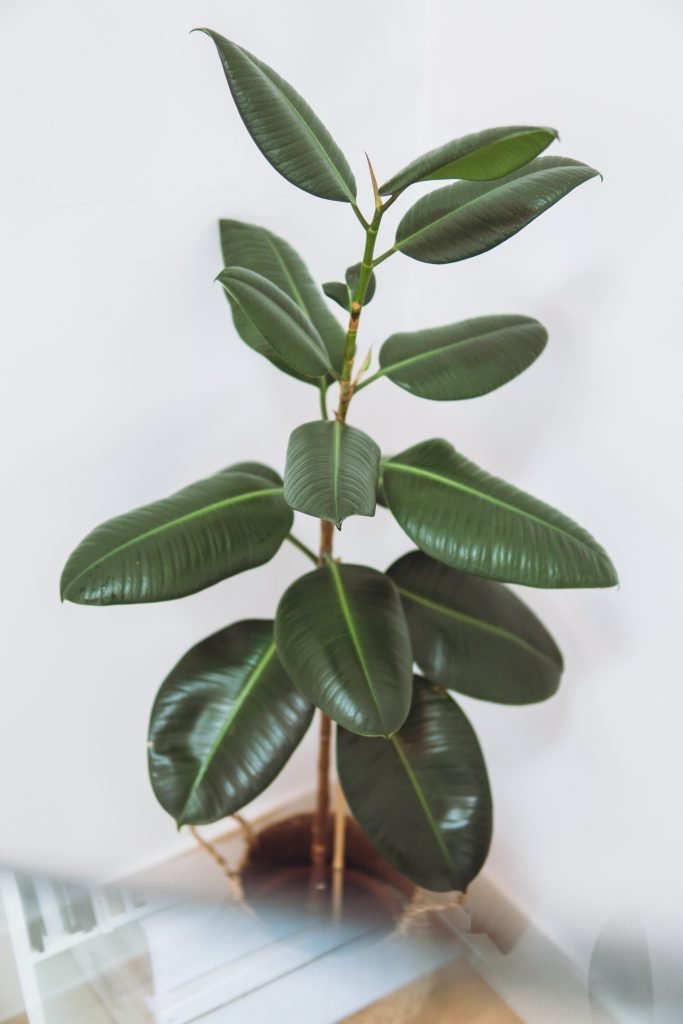
The Ficus elastica, or the rubber plant, is low maintenance when it comes to water, humidity, and temperature. This plant flourishes in plenty of bright, indirect sunlight but can acclimate to medium, indirect light.
- Absorbs noise pollution
African Violet
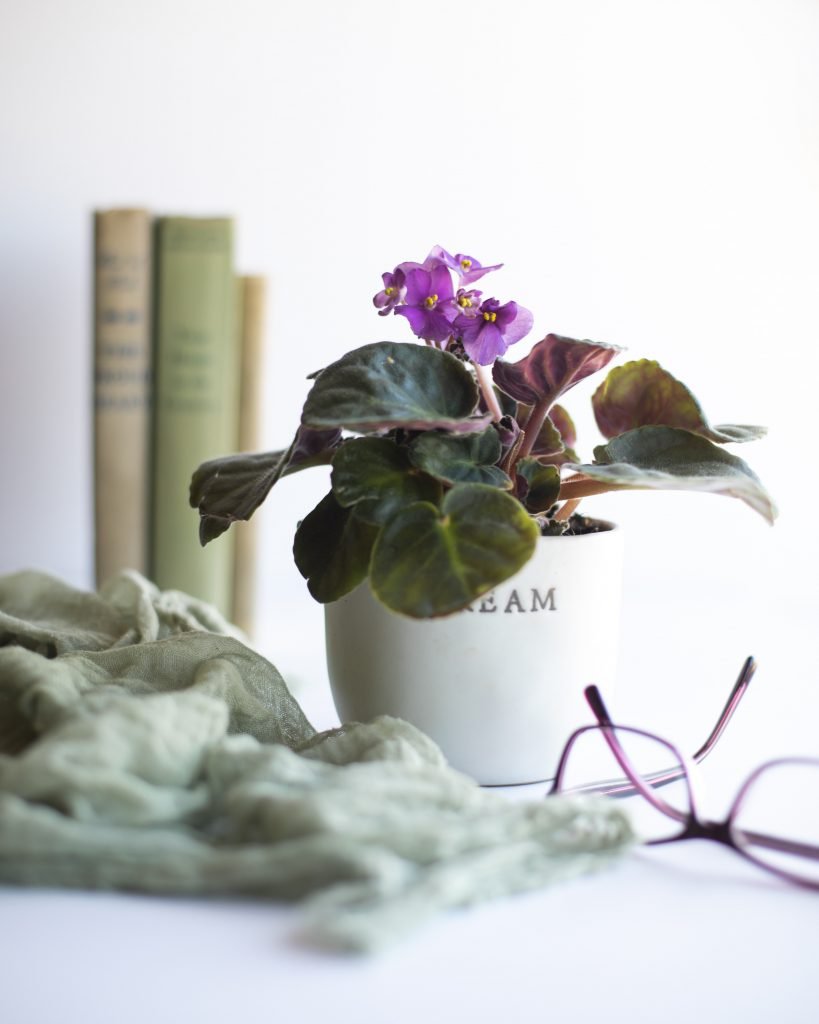
The genus Saintpaulia, or the African violet, is favored as a small office plant because it thrives in the same conditions as humans. While sufficient light is necessary, these plants aren’t picky about the source, whether natural sunlight or a fluorescent lamp. Just gazing at the African violet can trigger a release of adrenaline in employees, which boosts energy levels, and increases the flow of oxygen to the brain, resulting in relaxation.
- Boosts energy levels
Lavender
Lavender is a widely recognized scent found in many everyday products, such as air fresheners, cleaning supplies, and shampoos. It is also one of the most popular essential oils due to its ability to enhance concentration and increase productivity. For optimal growth, lavender requires full sun exposure and well-drained soil, but it is a hardy plant that can tolerate periods of drought.
- Sharpens focus
Ways To Incorporate Plants In The Office
Bringing nature indoors can go beyond adding a few potted plants here and there. There are several ways employers can get creative and spruce up the office with greenery.
- Living Wall: The versatility of a living wall offers endless design options, from jungle-style plants and florals to alpine and moss. Not only does this add a “wow” factor to any office, but green walls also provide an ample quantity of plants to effectively purify the air.
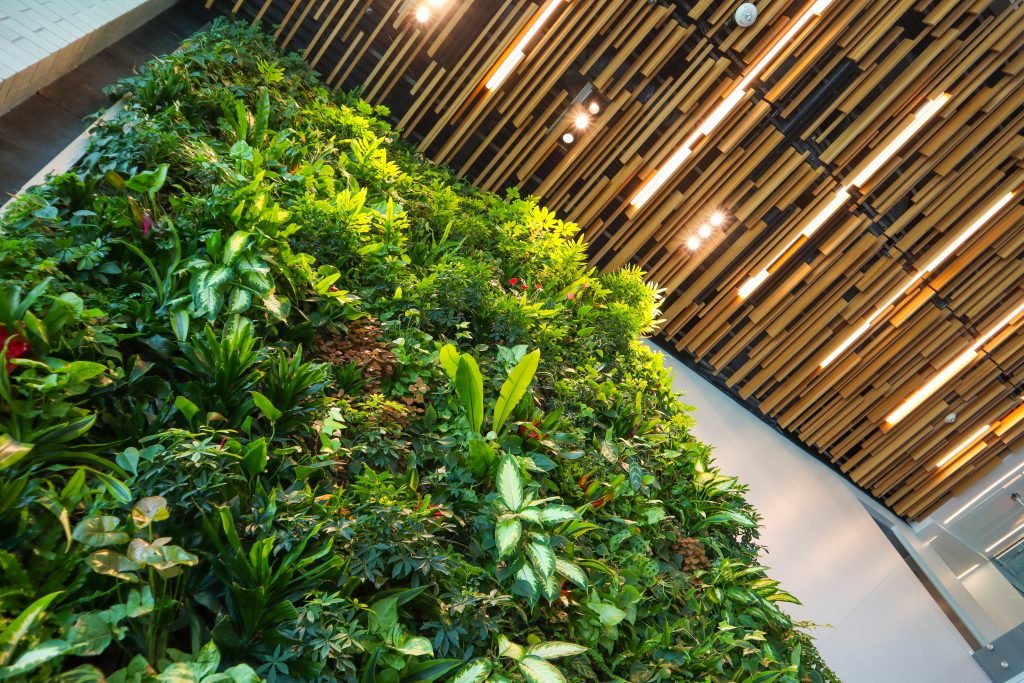
- Floating Baskets: Floating baskets suspend plants mid-air, adding intrigue and style to the workspace. They are perfect for those with limited floor space or want to add greenery without taking up valuable desk space.
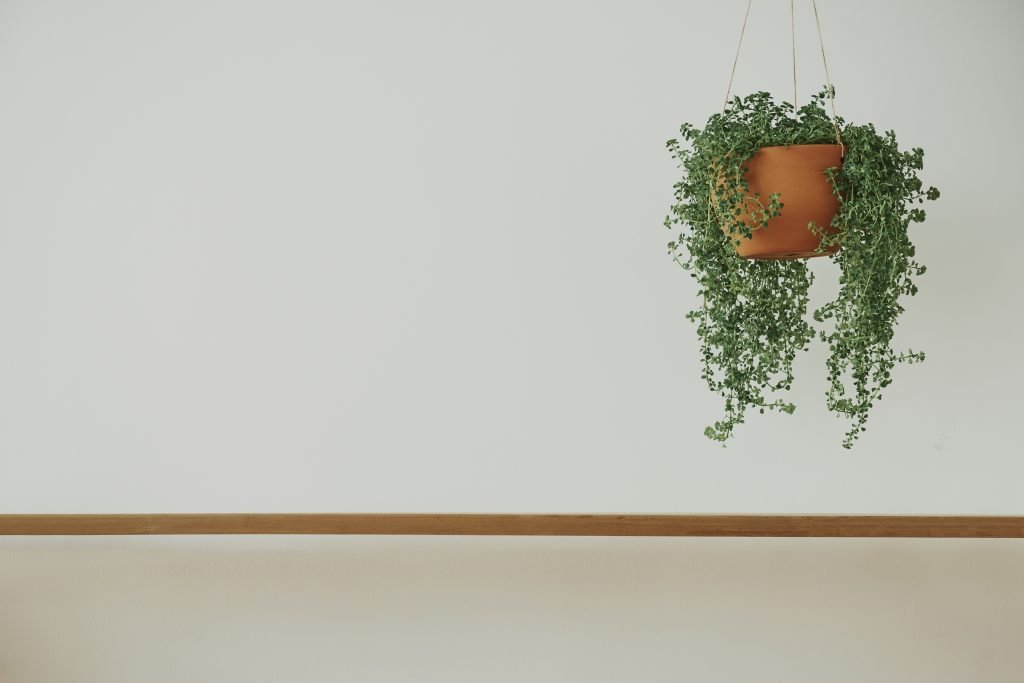
- Potted Plants: Potted plants are a classic and practical option for adding greenery to desks, shelves, tables, or floor space. They are versatile and come in a variety of sizes, making them suitable for any office size.
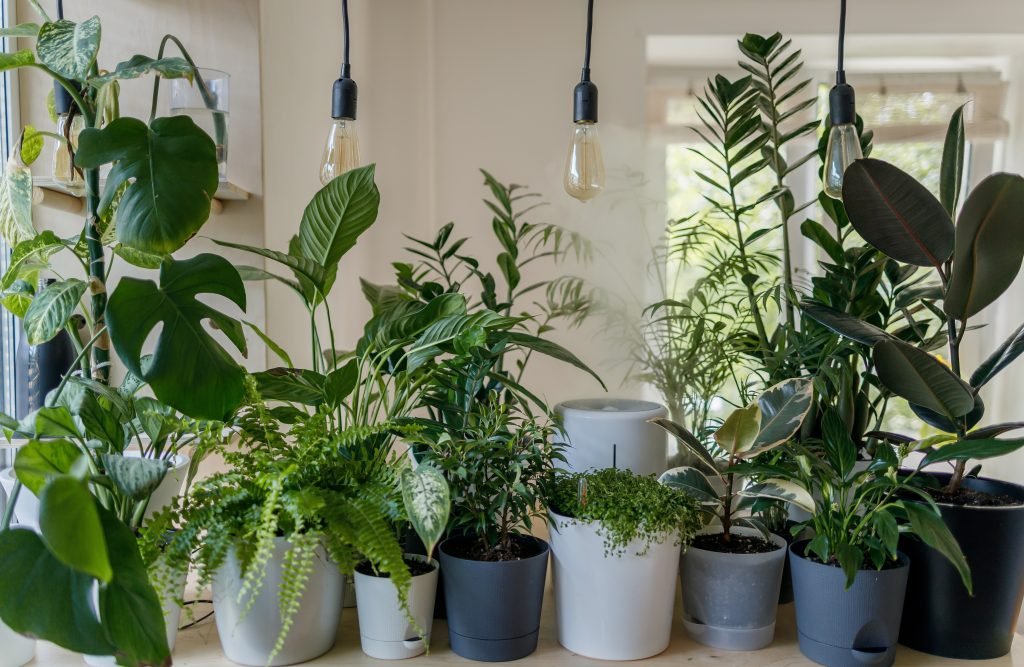
- Kitchen Herb Planters: An herb planter allows employees to enhance their lunchtime meals with fresh herbs. Consider including commonly used herbs in salads and other lunch dishes, such as basil and chives. Herb gardens can be installed as a wall feature or on a stand of their own.
